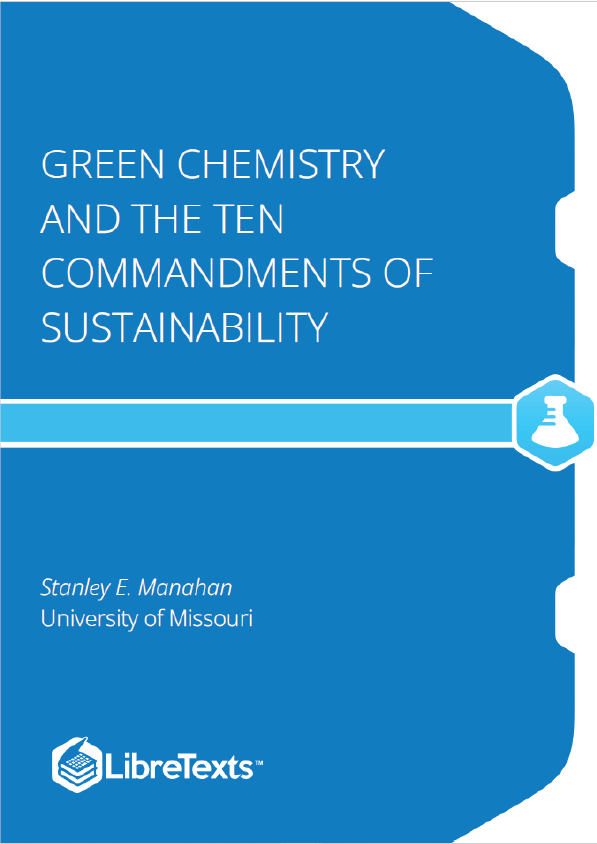Agricultural Support
The growing of crops in different farming regions to feed the masses owes its potential greatly to harnessing the power of chemicals such as herbicides, pesticides, fungicides, etc. Although in general we tend to think of the benefits of pesticides, there are a number of issues associated with their use that go well beyond their ability to promote the cultivation and availability of food. For example, DDT (Figure ) is a chemical that has seen much use in the US. Over the period of 1950 to 1980, it was used in agriculture at the rate of more than 40,000 tons each year worldwide and it has been estimated that a total of 1.8 million tons have been produced around the world since the 1940s. In the United States, it was manufactured by numerous companies including Monsanto, Ciba, Montrose Chemical Company, and Pennwalt. More than 600,000 tons (1.35 billion pounds) were applied in the US before it was banned in 1972.
Nature’s Best
The idea that nature produces chemicals that are “green” is a fallacy or a myth. The concept of green deserves some clarification at this point. What is green and what isn’t is actually a matter of nature, quantity, human safety, long term effects, and acute toxicity. Green is generally a term associated with a sustainable (renewable) product or non-toxic process whose employment in society has no acute toxicity and a general favorable life cycle analysis. There are a number of documented chemicals in nature that are extremely toxic even at small doses thus invalidating the idea that nature is “green”. For example, aflatoxin B1, shown below in Figure , is a toxin produced by Apsergillus flavus and A. parasiticus that is one of the most potent carcinogens known. It is a common contaminant of a variety of foods including peanuts, cottonseed meal, corn, and other grains as well as animal feeds. According to the Food and Agriculture Organization, the worldwide maximum levels of aflatoxin B1 is in the range of 1–20 μg/kg in food, and 5–50 μg/kg in dietary cattle feed.
Again, as already stipulated, nature’s best does not necessarily imply that her products are “green”. Green, by virtue of the product distribution found in nature (e.g. cocaine), can certainly pose serious if not lethal implications for human consumption. We all know that sodium chloride is ubiquitous within nature. It is a common salt that manifests a cubic crystal lattice structure that readily dissolves in water where it is mostly found. Humans consume it in great quantities as a flavorant, seasoning, and preservative. Nevertheless, its mass consumption especially in the US has led to > 65 million people afflicted with high blood pressure while numerous others have all other maladies associated from its overconsumption.










